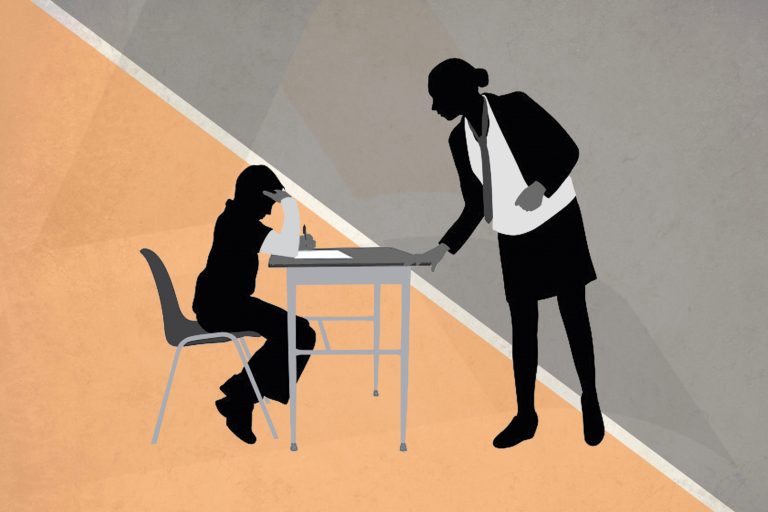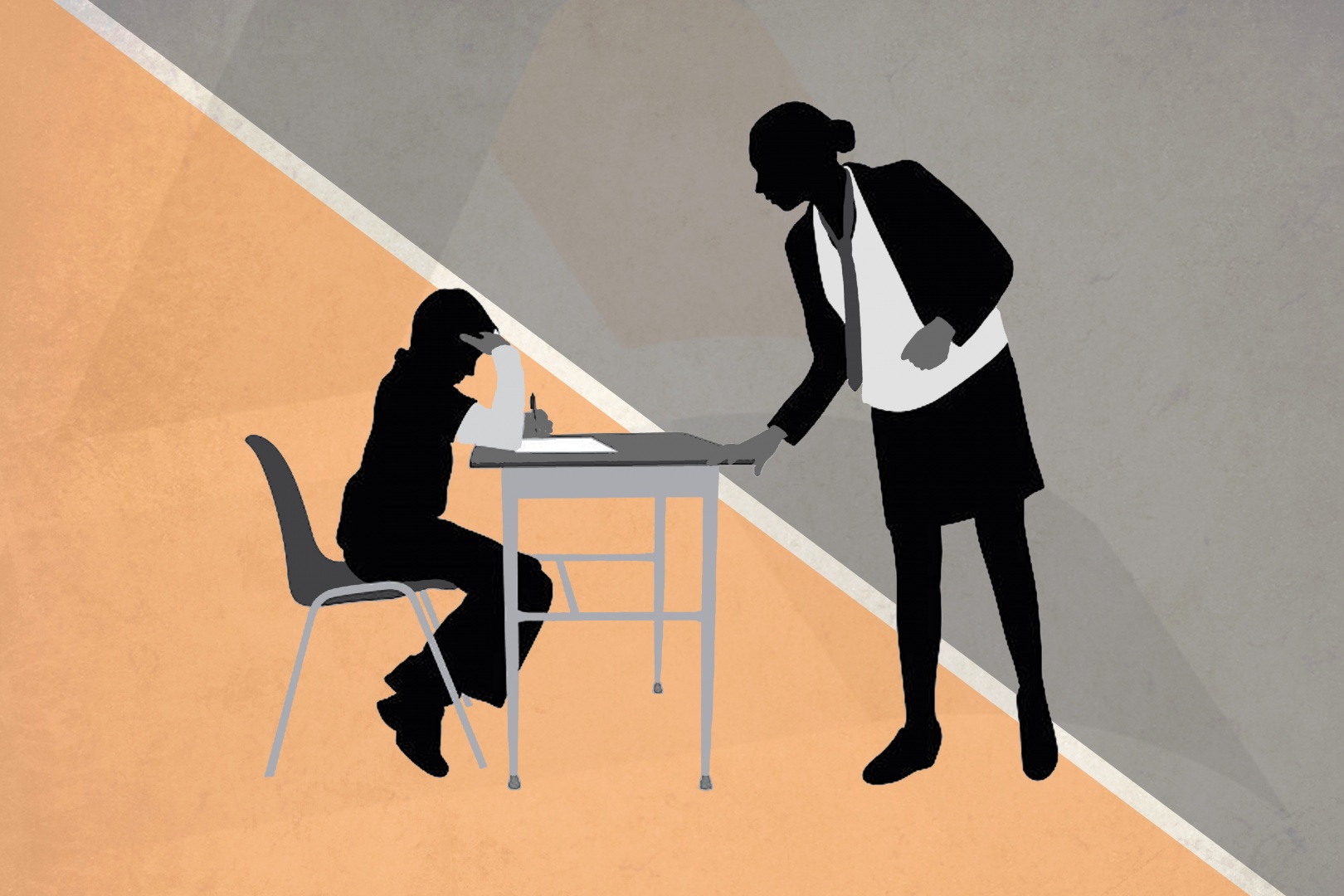

Tackling the Racial Disparity Gap: Step One

On May 25, 2017, the School Improvement Advisory Committee (SIAC) met to discuss the 2016-17 goals recommended by District content teams, and reviewed and analyzed the 2017 Iowa Assessment Data. They recommended District goals based on this data, that we, as a District, are required to report in our Annual Progress Report (APR) to the Iowa Department of Education.
During the analysis of subgroup data, SIAC uncovered with quantitative evidence that African-American students were underperforming compared to all other subgroups. Dan Andrews, the Data, Assessment and Program Evaluation Coordinator for the District, presented these findings at the July 17 school board meeting. The achievement gap is considerable and much more than a statistical anomaly: a 28.11 percentage point gap in reading, 33.73 percentage points in science, and 33.91 percentage points in mathematics.
This kind of achievement gap is not unique to the Ames community. In fact, African-American students are underperforming white students across the United States on high stakes standardized tests. In the past couple years, this achievement gap has become a topic in national publications like The Atlantic, U.S. News, and CNN, among many others, where the articles cite studies and show graphs similar to what the SIAC team reviewed. The authors talk about how students in the same building do not receive the same education, or have access to the same academic opportunities, and they call for schools to become agents of change and reform. We agree and believe we can do better in the Ames Community School District.
The difference with the SIAC data compared with those in the national publications is that the SIAC numbers reflect students within the Ames community. Those numbers, and more importantly, those students, can be directly impacted within our buildings.
Cultural Competency
One of the first steps to understanding the racial disparity issue was to identify, as a District, that we don’t have all of the answers. In January 2017, we reached out to Dr. Daniel Spikes and Dr. Katy Swalwell from Iowa State University and began conversations that officially kicked off a three-year commitment from the District to educate teachers and administrators on how to increase cultural competency. On August 14 and 15, central office administrators were the first to participate in the training that challenged each person to become more culturally conscious and understand institutional bias.
Throughout the training, Spikes and Swalwell emphasized that we live in a world and community where race plays a role in nearly everything that happens. But just because aspects of our world are racialized, that does not mean that they are intentionally racist. We all walk around and perceive our world through our own cultural lenses, and as a result, we can contribute to unintentional cultural biases. Being aware of this allows us to be culturally conscious so that we can address those biases to be able to address them.
We chose cultural competency training as a way to challenge the things we do, from our policies, what we do in the classroom, to our individual mindsets. Drs. Spikes and Swalwell will begin working with building administrators once a month, allowing them to immediately take their training back to their buildings. Next year, the training with Spikes and Swalwell will expand to classroom teachers.
Many people have rightfully challenged this approach, saying that cultural competency training should begin with teachers in the classroom. We believe that beginning with administrators would best equip the District for the long road ahead. The answers to this problem will not be seen immediately, but it does require a systemic approach that needs to be supported at every level. As a District, not just individuals in the classroom, we want to be culturally proficient in order to understand where unintentional biases could play a role in student performance.
Immediate Actions at the Building Level
At the July 17 school board meeting, SIAC proposed goals to submit to the Iowa Department of Education. Rather than write a goal written to close the achievement gap, the team chose to write the goal that improves the proficiency of African American students. The goal was deliberately vague, and on that date served only to fulfill our requirement to the Iowa Department of Education. For example, the goal in mathematics was written as “In 2017-18, more than 57.75% of our Black or African American students will be proficient in mathematics.”
Another reason to write the goal that way was that if white students performed slightly lower on next year’s tests, and African American students stayed the same, statistically speaking the goal would be met. That’s deceptive and ultimately not what we want to accomplish.
We’re also not accepting a “more than” goal for this academic year. We talk a lot of numbers and statistics, but the fact remains that we are talking about students who have real struggles in the classroom and beyond. School principals in every building are currently identifying who those students are, what are their specific needs, and how we can best address them.
There is no single answer to tackling this problem, but we do know that throwing money at it won’t solve it. Taking resources away from other students also isn’t the right answer. The answer actually could be quite simple, and something that Superintendent Dr. Tim Taylor has been advocating. What would happen if we improved instruction in the classroom with a culturally competent lens, and improved our relationships with these students? We believe the answers will present themselves.
The cultural competency part is already being implemented within the District, and added instructional time in the elementary schools, the middle school, and a “plus period” in the high school could also assist in our improvement. A focus on attendance, and reducing what is described as “chronic absenteeism” is also a priority of ours this year.
We are also working to develop additional ways to assess learning in the classroom. The Iowa Assessments are a three-day snapshot to see how students are performing. There is a lot riding on the school districts during this “high stakes” testing, even when students may not be enthused about taking them.
There are a lot of other ways to assess learning in the classroom, including through the use of 21st century skills. Today’s employment landscape values how effectively employees can communicate, how they collaborate with each other, and how they think critically to solve problems, just as much as core academic skills. These 21st century skills can only be seen in the classroom by our teachers, and they are vital to student success in the future. We are also working to develop rigorous formative assessments so that teachers can monitor student learning and make appropriate instructional decisions for students. Are all students learning what is being taught in the classroom?
The Conversation Continues
The intent of this article is to continue the conversation that has been happening in the Ames community. In Story County, many districts are experiencing the same thing, but their lack of minority students would not allow them to produce statistics to reflect the disparity. Diversity is a point of pride in the Ames Community School District and one of the many things that makes us unique in the State of Iowa.
This is an important issue that we can tackle together. We welcome the opportunity to be a leader in this, and we hope that through this process, we are equipped to serve as a role model for other districts across the state. We must address the achievement gap by talking about race. The conversation is not an easy one throughout the country, but in Ames, it is welcomed and the discussion on this topic will strengthen our students and community.